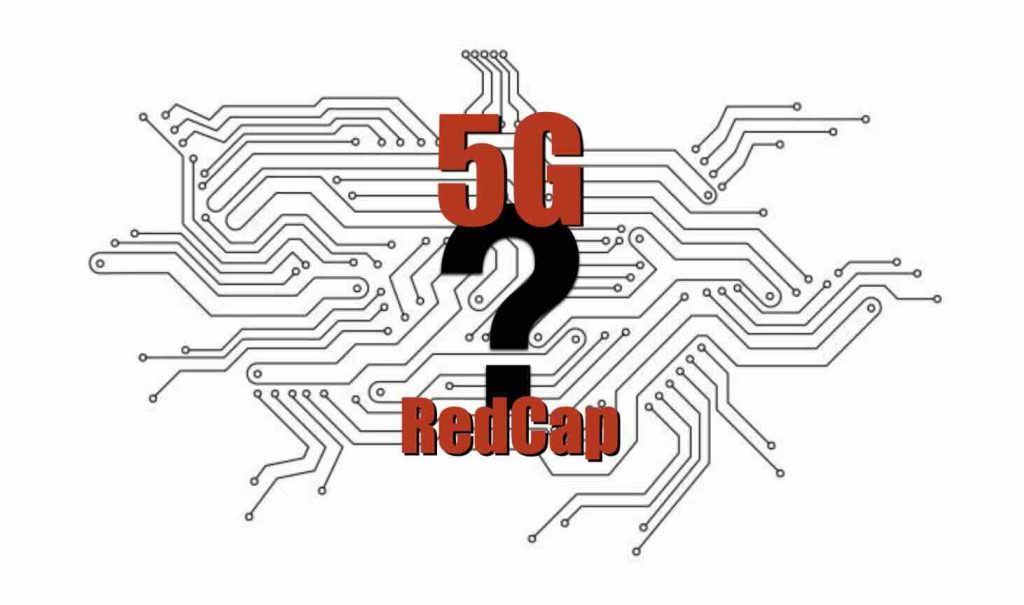
Table of Contents
AT&T just crossed an important milestone in U.S. wireless history by turning on nationwide 5G Reduced Capability (5G RedCap) service that now covers more than 200 million people. The move bolsters AT&T’s long-running leadership in Internet-of-Things (IoT) connectivity and gives developers a power-efficient, lower-cost pathway to 5G devices and services.
AT&T’s RedCap Launch at a Glance
- Coverage: RedCap is live across AT&T’s entire 5G standalone (SA) footprint, reaching 200 M+ POPs.
- Performance: RedCap trims the 100 MHz channels used by full-featured 5G New Radio down to 20 MHz, delivering roughly 30–80 Mbps downlink—ample for mid-tier IoT, industrial sensors, wearables, and fixed-wireless backup.
- First device: The Franklin Wireless RG350 hotspot is the inaugural certified product, powered by Qualcomm’s Snapdragon X35 RedCap modem.
- Ecosystem momentum: Module makers such as Semtech, Telit Cinterion, Quectel, and others are lining up additional hardware. ABI Research expects 80 million RedCap modules to ship between 2024 and 2029.
Although the announcement doesn’t explicitly confirm coast-to-coast SA core deployment, nationwide RedCap availability implies that AT&T’s SA coverage has matured enough to support commercial service at scale.
RedCap 101: “Reduced Capability,” Elevated Potential
First defined in 3GPP Release 17 (and refined with “eRedCap” improvements in Release 18), 5G RedCap—sometimes called NR-Light—intentionally strips away features that small, battery-powered devices don’t need. By reducing channel bandwidth, eliminating carrier aggregation, and limiting hardware to one antenna chain, RedCap lowers silicon cost, board space, and RF complexity while still unlocking many core 5G benefits such as network slicing and ultra-reliable low-latency communication (URLLC) options.
Core Attributes
| Feature | Full 5G NR | 5G RedCap |
|---|---|---|
| Channel bandwidth | Up to 100 MHz (mid-band) | 5–20 MHz |
| Peak downlink speed | >1 Gbps | 30–80 Mbps (Rel-17) — up to 226 Mbps in ideal lab tests |
| Antennas | 2×2 or 4×4 MIMO | Single antenna |
| Typical devices | Smartphones, CPE, XR headsets | Wearables, sensors, USB dongles, industrial gateways |
Takeaway: RedCap fills the yawning gap between ultra-low-rate LTE-M/NB-IoT and premium 5G eMBB, enabling OEMs to build cost-effective products that need “just-right” bandwidth, modest latency, and multi-year battery life.
How RedCap Differs from LTE-M, NB-IoT, and Full 5G
- Speed & latency
- LTE-M/NB-IoT top out at single-digit Mbps (or even kbps).
- RedCap’s 30–80 Mbps enables HD video, AI at the edge, and rapid firmware updates.
- Battery life
- RedCap inherits extended DRX cycles and other power-saving tricks perfected in LTE-M, letting devices sleep for hours or days.
- Cost
- A single-antenna RF front-end with no carrier aggregation or dual connectivity means RedCap modules are projected to be 30–50 percent cheaper than full 5G chipsets.
- Future-proofing
- Unlike LTE-based IoT categories, RedCap is native 5G SA. When LTE begins to sunset in the 2030s, RedCap equipment will still work.
For a deeper technical dive, read our earlier post “What Is 5G RedCap and Why It Truly Matters”.
Early Use-Cases & Devices on AT&T
AT&T executives say the first wave of RedCap will center on low-cost hotspots, USB dongles, and wearables—exactly the segment the Franklin RG350 hotspot targets.
Why hotspots first?
- Single SKU, many industries – From digital signage to field kiosks, a plug-and-play hotspot is the quickest path to mass IoT adoption.
- Fixed-wireless backup – Small businesses can pilot 5G failover without paying premium rates for high-throughput 5G gateways.
- Developer playground – Rugged dongles let engineers test RedCap in drones, robots, and smart-city sensors before committing to custom hardware.
As module makers finish PTCRB and carrier certifications, expect rapid expansion into:
- Smart wearables (health trackers, AR/XR glasses)
- Industrial automation (AGVs, remote PLCs)
- Smart grids & metering
- Connected retail (POS terminals with on-device AI)
Business Impact: Four Reasons to Start Your RedCap Pilot Now
- Cost-efficient migration path
If you’re still shipping LTE Cat-4 routers or NB-IoT sensor boards, RedCap offers a leap to 5G while preserving a lean bill of materials. - Better SLA, lower data bill
By capping throughput at around 50 Mbps, carriers can offer plans priced below full 5G eMBB tiers yet deliver vast speed gains over LTE-M. - Longer product lifecycles
Hardware certified for RedCap will survive LTE refarming and spectrum repacks over the next decade. - Network slicing readiness
Because RedCap runs on SA, you can tap deterministic latency, dedicated URLLC slices, or API-driven QoS as those services mature.
How 5Gstore Can Help
- Hardware sourcing
We’re working with Semtech, Fibocom, Telit Cinterion, and others to stock RedCap-ready modules and gateways as soon as they clear certification. - Carrier activation
Our data team can pre-configure RedCap SIMs for AT&T or T-Mobile and handle onboarding paperwork. - Proof-of-concept kits
Need to validate power draw or antenna design? Our lab can ship an evaluation rig with a Franklin RG350 hotspot and SIM in 24 hours. - Custom cables & IoT enclosures
Pair new RedCap radios with our Ultra-Low-Loss 400 or Low-Loss 240 cables for maximum range and ruggedness.
Ready to experiment? Email sales@5gstore.com or call +1-833-547-8673 to reserve early-access stock.
Additional Resources
- 5Gstore deep dive: “What Is 5G RedCap and Why It Truly Matters”
- News coverage: Fierce Wireless article “AT&T Ups Its IoT Game with Nationwide 5G RedCap Coverage.”
Bookmark this post—we’ll update it as AT&T adds devices and as RedCap-certified routers arrive in our catalog. Meanwhile, explore our full lineup of LTE, 5G, and private-cellular solutions to begin charting your migration path.
Written by the 5Gstore Content Team, July 21 2025

